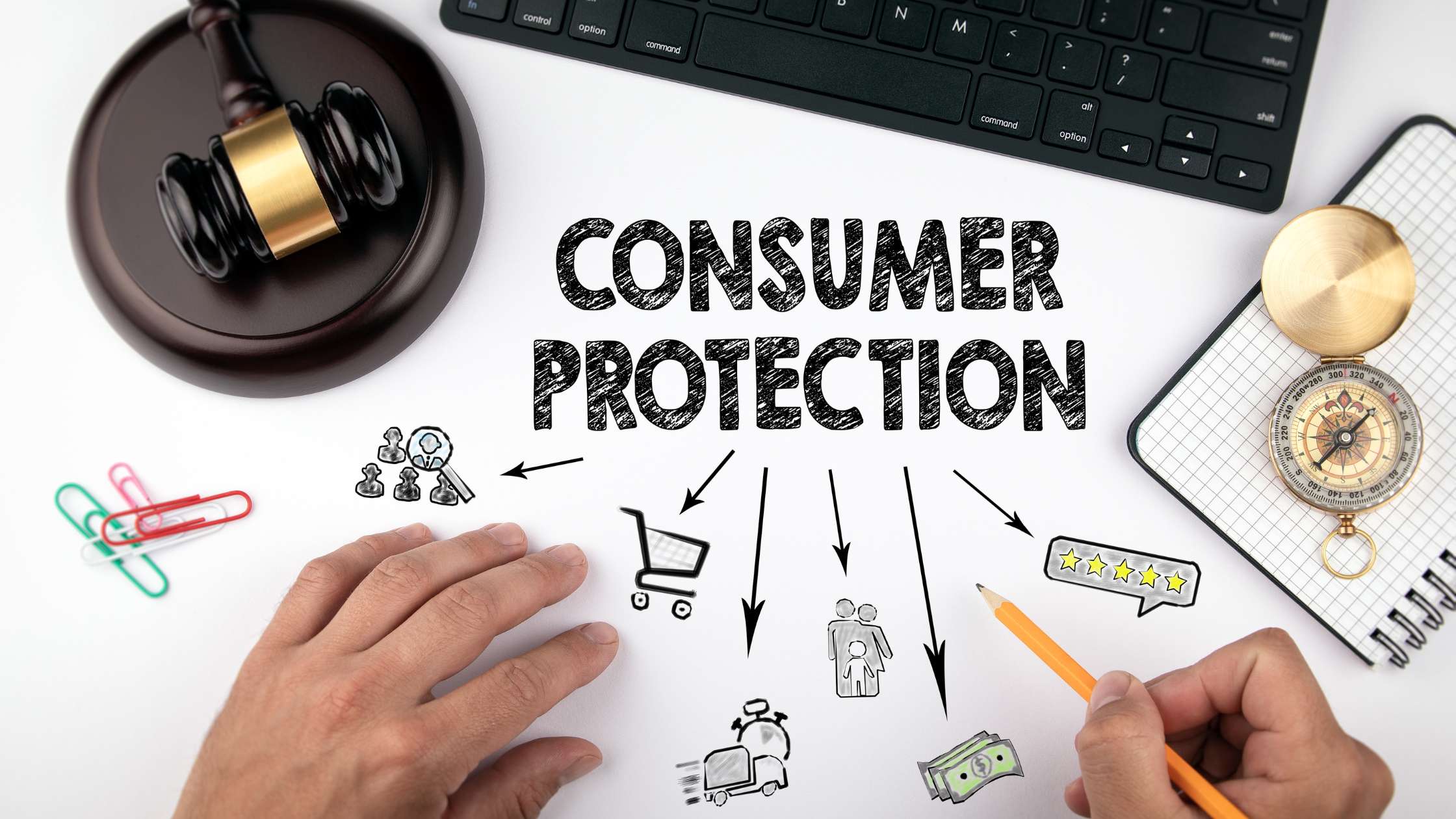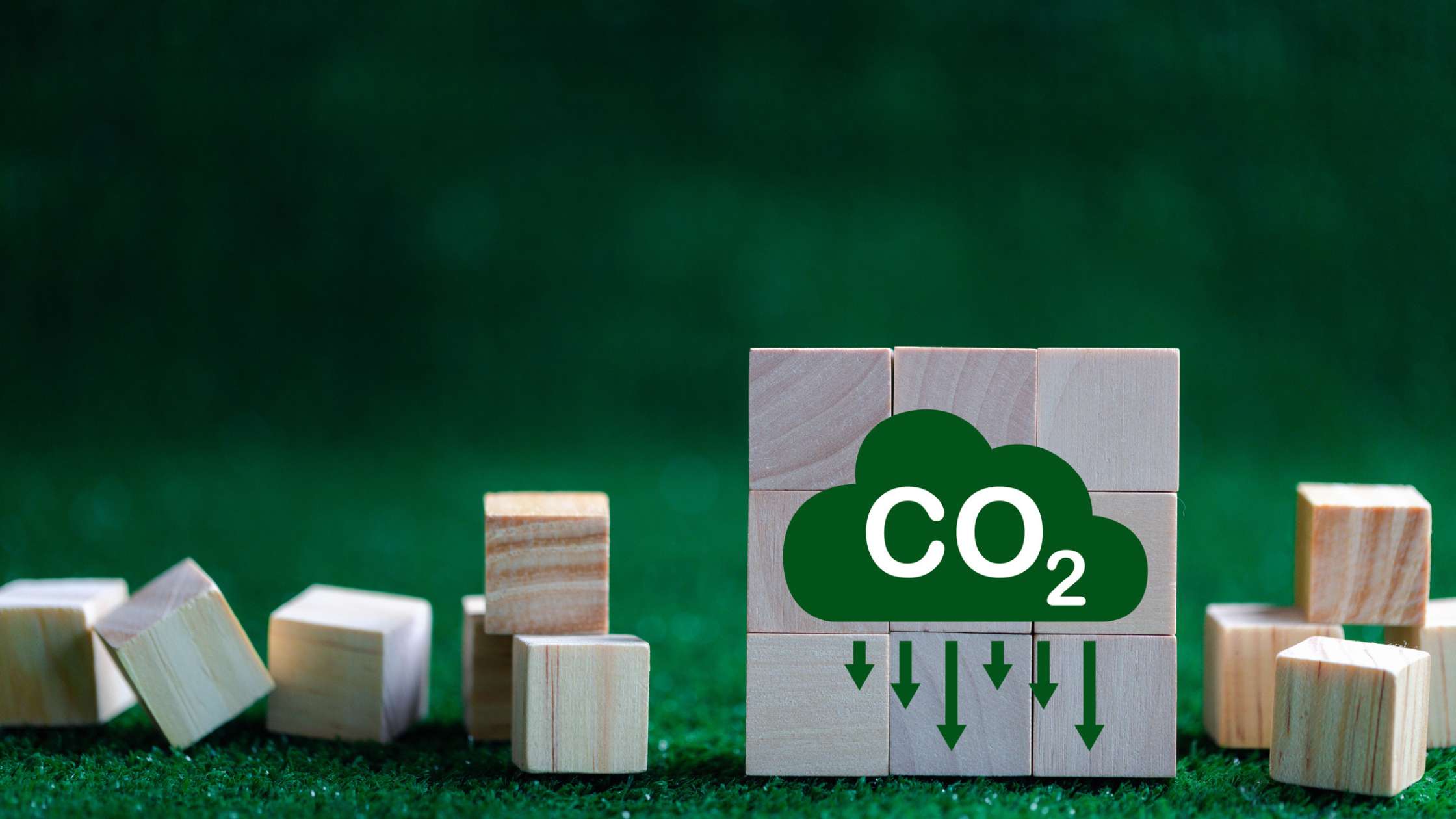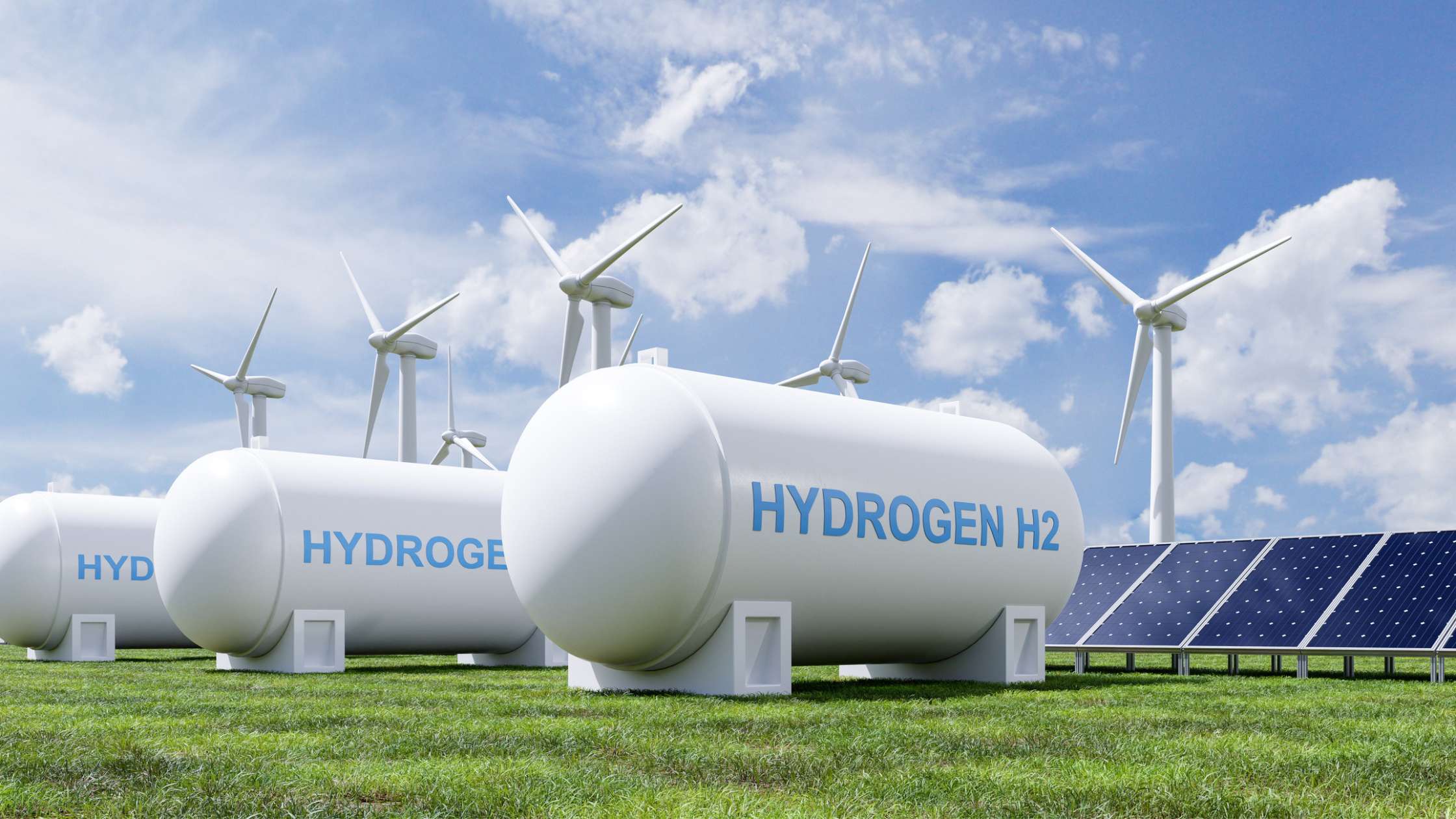March 22, 2023
Tax Cuts No Guarantee for Taiwan to Maintain Taiwan’s Chipmaking Lead Tax cuts passed by the Legislature in January, 2023, are just one step of many that need to be done to prepare Taiwan’s semiconductor manufacturers for future competition with other companies in the chipmaking field. Lawmakers passed amendments to the Statute for Industrial Innovation offering income tax cuts of up to 50% from Jan. 1, 2023 to Dec. 31, 2029 for companies that meet the requirements that are engaged in work that innovates technologies domestically and occupy a critical position in international supply chains. The intention is that semiconductor manufacturers will continue to invest in Taiwan and help cement its standing as the world’s second largest semiconductor supplier. Experts at the Taiwan Institute of Economic Research say that one area to expand on is wafer fabrication. Currently, Taiwan has a relatively low output of materials and equipment for wafer fabrication, which are mostly imported, and if it wants to have more control over supply chains, it must work to address that weakness. Another aspect to global competitiveness is that, as other economies such as South Korea, Japan, Europe and the U.S. pick up the pace to bolster their own positions in their respective semiconductor supply chains, it is highly likely that they will try to poach semiconductor engineers from Taiwan. Offers of competitive salaries, good social welfare terms and green cards could prove enticing for research and development personnel and executives at Taiwanese semiconductor companies. The College of Semiconductor Research sponsored by the public and private sectors is well placed to help Taiwan produce future skilled workers and... March 22, 2023
Southeast Asia’s economies have largely remained resilient in the face of the COVID-19 pandemic. Now, as the region resumes economic activities at full throttle, the countries in Southeast Asia are primed for growth. Southeast Asia is the focal point in two of the largest free trade agreements in recent years. All ten countries in Southeast Asia are members of the Regional Comprehensive Economic Partnership (RCEP). Further, Malaysia, Singapore and Vietnam are also signatories to the Comprehensive and Progressive Agreement for Trans-Pacific Partnership (CPTPP). Reflecting the region’s growing importance as a hub for innovation and creativity and in line with obligations under RCEP and CPTPP, Intellectual Property (IP) laws in Southeast Asia have been undergoing rapid development in recent times. The following is a brief overview of the latest developments in IP laws in some of the countries in the region. Malaysia Malaysia has long been recognised as one of the leading economies in Southeast Asia, and its IP laws have been evolving rapidly to keep pace with its growing importance. A number of amendments were made to the Patents Act which, amongst others, introduced 3rd party observations, post-grant opposition, recordation of patent as a security interest, amongst others. However, the coming into force of post-grant opposition has been deferred. The amendments also introduced compulsory licencing provisions where a compulsory license can be granted by the Registrar for the production and exportation of the pharmaceutical product to an eligible importing country to deal with its public health problem, in line with the obligations under Article 31bis of the Agreement on Trade-Related Aspects of Intellectual Property Rights (TRIPS Agreement). Amongst the notable amendments... March 22, 2023
2022 was a year full of changes for China’s antitrust regulations. First, in August, the PRC Anti-Monopoly Law (AML) welcomed its first revision 14 years after its initial implementation. Following that, the central antitrust agency and the top court successively published several draft implementing antitrust rules and draft judicial interpretations on antitrust civil litigation, all of which are expected to be finalised in 2023. With China’s reopening in late 2022, we expect that amid the increasing economic activities, these changes or updates on antitrust rules will broadly and deeply impact multinationals from day-to-day business operations to M&A activities in 2023. Therefore, we think it is important for multinationals to be timely aware of those key changes, properly adjust their compliance schemes, and be well prepared at the outset of 2023. How Should Companies with Distribution Networks Adapt to the New Rules on Vertical Restraints China’s revised AML brought significant changes to its regulatory framework for vertical restraints. In particular, it introduced the first-ever safe-harbour rule for vertical restraints and converged the long-lasting divergence on approaches against Resale Price Maintenance (RPM) between courts and agencies by setting out the rebuttable presumption of illegality rule. While it seems that these changes may ease China’s regulations on vertical restraints to some extent, it is important to bear in mind that RPM remains to be a high risk in China. Specifically, it is very challenging and burdensome for a company to rebut an illegality presumption during an investigation and relevant individuals including management teams may even bear personal liabilities if an RPM violation is found. Therefore, if a company intends to roll out RPM schemes... March 9, 2023
After decades of enforcing regulations governing advertisement in general, the Committee on Advertisement under the Consumer Protection Act, B.E. 2522 (1979) (as amended) (the “CPA”) repealed and replaced the notifications concerning puffery (statements of exaggeration) and guidelines for proof under the CPA, and issued a new regulation with enforcement starting on 14 January 2023, namely the Notification of the Committee on Advertisement Re: Guidelines on Use of Advertising Statements with Confirmation of Difficult-to-Prove Facts and Guidelines on Proof of Facts Concerning Advertising Statements, B.E. 2565 (2022) dated 2 September 2022 (“New Notification on Advertisement”). Major points and requirements of the New Notification on Advertisement can be summarized as follows: DOs DON’Ts Language. Significant information in the Thai language is mandatory and must be clearly seen, heard, or read, especially for digital advertising. Sizing. Minimum font size of two millimeters for printed media, wording in commercial video and signboards is subject to specified ratio. Color. Contrasting color of text and background. Timing. Key supplementary statements must be superscripted and last at least five seconds. Warranty. Warrantor, warranty period, scope, steps, and conditions must be fully stated. Certification. Evidentiary documents must be in place for examination when using a claim relying on certification, whether by laboratory or other institutions, in Thailand or abroad. Use misleading statements. Use speed and rhythm that are difficult to be clearly heard. Claim specifications which are contradictory to the actual product or service offered to consumer. Disclaim in a manner that puts consumers in a position of disadvantage. Persuade by relying on individual belief or inducing those in distress or in need of consolation. Use certain... March 9, 2023
Introduction Undeniably, there has been an increase on the level of awareness on how greenhouse gases (“GHG”) emission has significantly affect the world every year. For companies, CSR campaigns were undertaken where pledges were made to help reduce and potentially prevent climate change by taking the initiative to reduce their GHG emission and setting the goal to achieve net zero carbon emission by 2050. Companies such as Petronas declared their Aspiration to achieve net zero carbon emission by 2050.1 One of the potential ways to achieve this net zero emission goal is through the carbon credit market. Carbon credit also gained the attention in ESG investing which contributes to the reduction of carbon.2 This article will focus on explaining how carbon credits work and how it will help to achieve the net zero emission goal. Most importantly, this article will explain how carbon credits can be claimed and traded followed by a further discussion on the initiative taken by Malaysia in promoting the carbon credit market. What are Carbon Credits Carbon credits are certificates or permits that allow the owner to emit a certain amount of carbon dioxide or other GHG3 over a certain period time4. 1 credit permits the emission of 1-ton of carbon dioxide or its equivalent in other GHG.5 Carbon credits are tradeable and only exist in jurisdictions that are governed by a “Cap-and-Trade” system.6 Countries or regions that have already implemented the cap-and-trade system includes the European Union (“EU”), Australia, New Zealand, South Korea, California and Quebec.7 The purpose of carbon credits is to overall lower the amount of GHG released by the buyers. This allows companies and individuals to account... March 9, 2023
With the global concern on Climate Change and the need to reduce the use of fossil fuels such as oil and gas as the source of energy because of its negative impact towards the environment, there is a need to move towards renewable energies and more environmentally friendly fuels. One form of energy which is being advocated is Hydrogen. Based on the source and production process, Hydrogen is commonly classified today in three categories – Grey Hydrogen, Blue Hydrogen and Green Hydrogen. Grey Hydrogen is sourced from natural gas and is produced by a method called steam methane reforming which emits large amounts of carbon dioxide. Blue Hydrogen is produced the same way as Grey Hydrogen but the carbon dioxide is captured and stored under the Carbon Capture Utilisation and Storage (“CCUS”) methodology. Lastly, Green Hydrogen is produced by the electrolysis of water which splits water molecules into oxygen and Hydrogen using renewable energy such as solar energy, wind energy and hydroelectric energy1. Hydrogen in Malaysia In 2001, Malaysia identified Hydrogen fuel cells as a priority research area and R&D funds were allocated. A Hydrogen road map was formulated in 2006 and a blueprint for fuel cell industries in Malaysia was published in 20172. PETRONAS has conducted studies with academic institutions on the production of Hydrogen from biomass waste3 and from water through electrolysis which resulted in the development of the PETRONAS Advanced Proton Exchange Membrane (PEM) Electrolyser4. PETRONAS has also collaborated with commercial entities such as ENEOS Corporation (ENEOS) on Hydrogen production and its transportation in methylcyclohexane (MCH) form and IHI Corporation and TNB Genko on Hydrogen and Ammonia... Upcoming Events
Recent Past Events
















